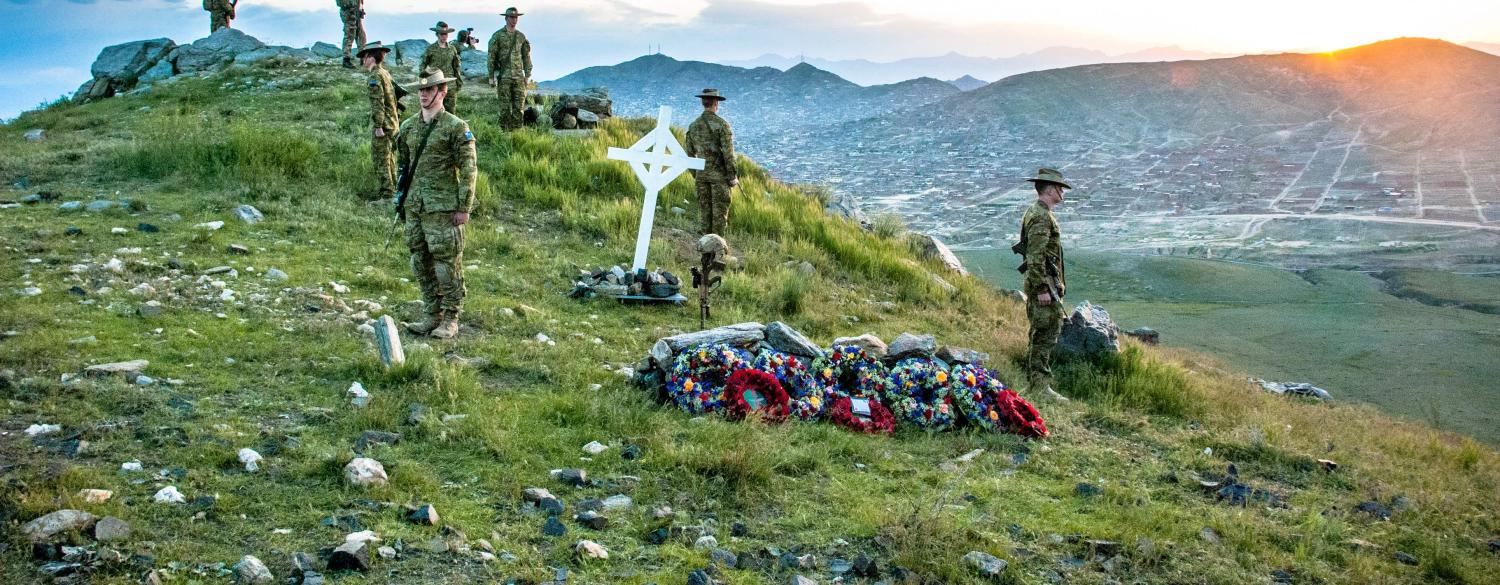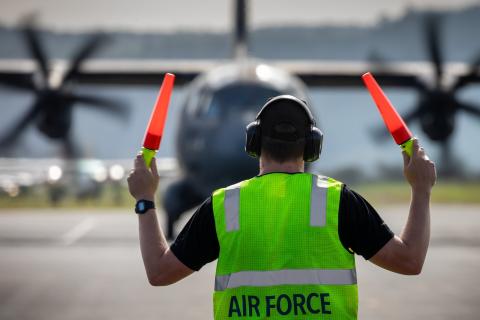My experience of Anzac Day probably mirrors that of a lot of Australians: some initial connection with returned diggers, then a role in their commemoration. As a very young tacker I would occasionally be taken into the city to see an uncle (a World War II veteran) march. The crowds were, to a little boy at least, very large. At school cadets, there was a remembrance service around the cenotaph at Chatswood that was equally well-attended (although largely by parents).
When I joined the army and went to the Royal Military College Duntroon in the early 1980s, I was struck by how low-key Anzac Day was. Dawn service around Bridges' Grave (the first commandant, killed at Gallipoli) and a very short parade where the names of the fallen graduates were read out, then knock-off for the day. First-year cadets (referred to as fourth class) were bussed to the War Memorial prior to dawn, where we were designated as the press-ganged, semi-official but entirely untrained 'choir' and stood along the Roll of Honour above the Pool of Reflection. The gathered crowd all fitted easily around the pool area. Those who have attended dawn service at the War Memorial recently will understand what a production it has now become.
Nowadays my connection with Anzac Day is somewhat less removed. Even though all but a handful of my classmates have left the service, we have in the last few years developed a habit of Sydney-based (and visiting) former classmates gathering on Anzac Day for a few beers. We are, I suppose, a representative sample of the diversity of the last quarter-century of Australian military operations. Some among us have served operationally in combat, peace enforcement, peacekeeping, training and advisory, and evacuation roles in many countries: Iraq, Afghanistan, Papua New Guinea, East Timor, Solomon Islands, Rwanda, Sierra Leone, Bosnia, Somalia and elsewhere. However, such is the disaggregated nature of modern operations, with task-organised groupings or individualised rotations, that few of us actually served together on any of these operations – we all have individual rather than shared memories of these deployments.
It is difficult to associate our group with those that my uncle used to gather with, many of whom had fought together in a conventional war for years. But warfare and military operations are rarely fixed, even if the principles underpinning them often are. What my generation's experience of military operations lacks in intensity and duration, compared to that of my uncle or the Vietnam veterans who were still around to instruct me during my years at Duntroon, it probably makes up for in diversity and complexity. And the more complex the nature of conflict, the less likely it is to be accurately foretold, which was certainly the case in my experience.
The best advice about the future conduct of military operations came in the first few weeks of my military service. The Commandant, a student of military history, told the assembled fourth class with great confidence that we should all expect to see operational service during our careers and it behoved us to master the profession of arms in order to meet whatever that conflict would be, as we would be unlikely to foretell what that service would entail. Much went in one ear and out the other in those days, when sleep was in short supply but getting yelled at wasn't. But those words stayed with me because they seemed so at odds with the strategic stability of that Cold War time.
The years passed, I graduated and I had cause to remember those words as a junior officer when I was on yet another exercise – this time trudging through the bush in Cape York as commander of an 'enemy' platoon attempting to breach the defences of the army reserve brigade defending the bauxite mining and export facilities at Weipa. That's what strategic guidance said was the most likely threat faced by Australia, and the role of the Army should therefore be vital-asset protection as the Navy and Air Force fought the good fight well offshore. I tried to master my profession as the Commandant had urged, but I was pretty sure that the operational service I would be called upon to undertake (if indeed I was to undertake any) would not be in Far North Queensland protecting mines and export facilities, regardless of what the 'strategists' posited as credible scenarios.
Events have proven both how facile the late 1980s strategic guidance was, and how prescient the Commandant's words were. My operational service took me to places I couldn't have pointed to on a map during my early years in the army, doing things strategists couldn't have foretold. And that is likely to hold true for future generations of service members, whose equipment purchases, organisational structures and basing locations will be driven by defence white papers that largely fail to predict the future. It will be left to those same service members to play the hand that events deal them, because in the end the words of advice that the Commandant gave to RMC Fourth Class in 1983 will likely hold more weight than the strategic guidance contained in all the white papers ever issued.
As well as remembering the horrors of and sacrifices involved in past wars, on Anzac Day it is worth spending just a little time thinking about the tasks we may call on our present and future service members to perform. In the next quarter-century the groups that gather to recall their own operational service will, like my own cohort, undoubtedly talk of places and tasks that either didn't feature in the current strategic guidance, or only as a least likely scenario. Lest we forget.

